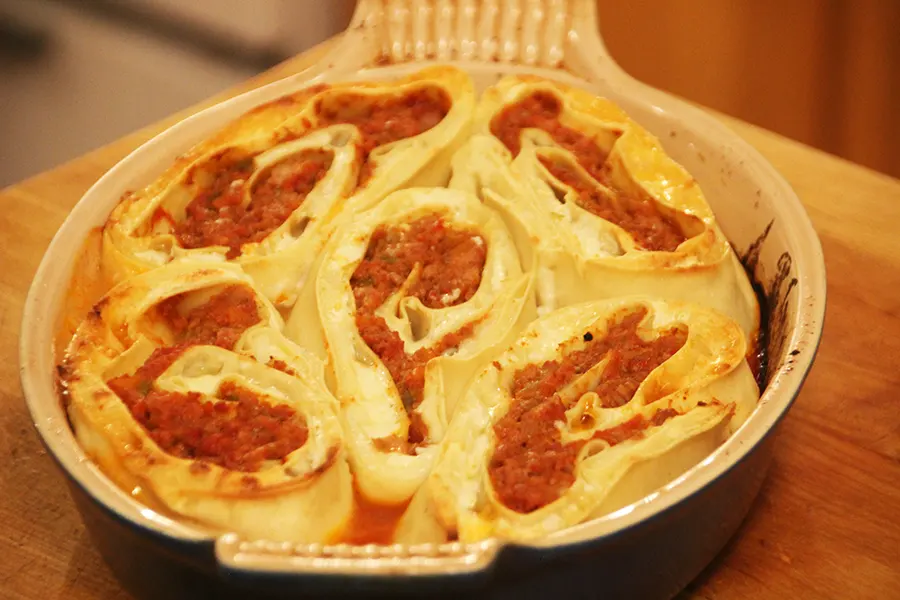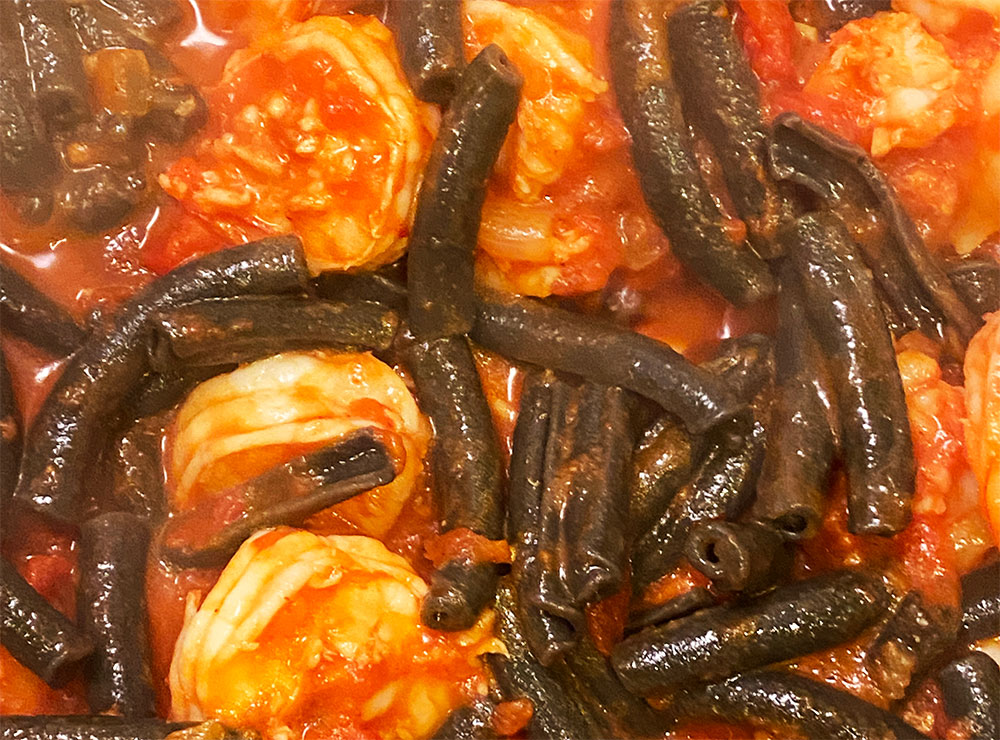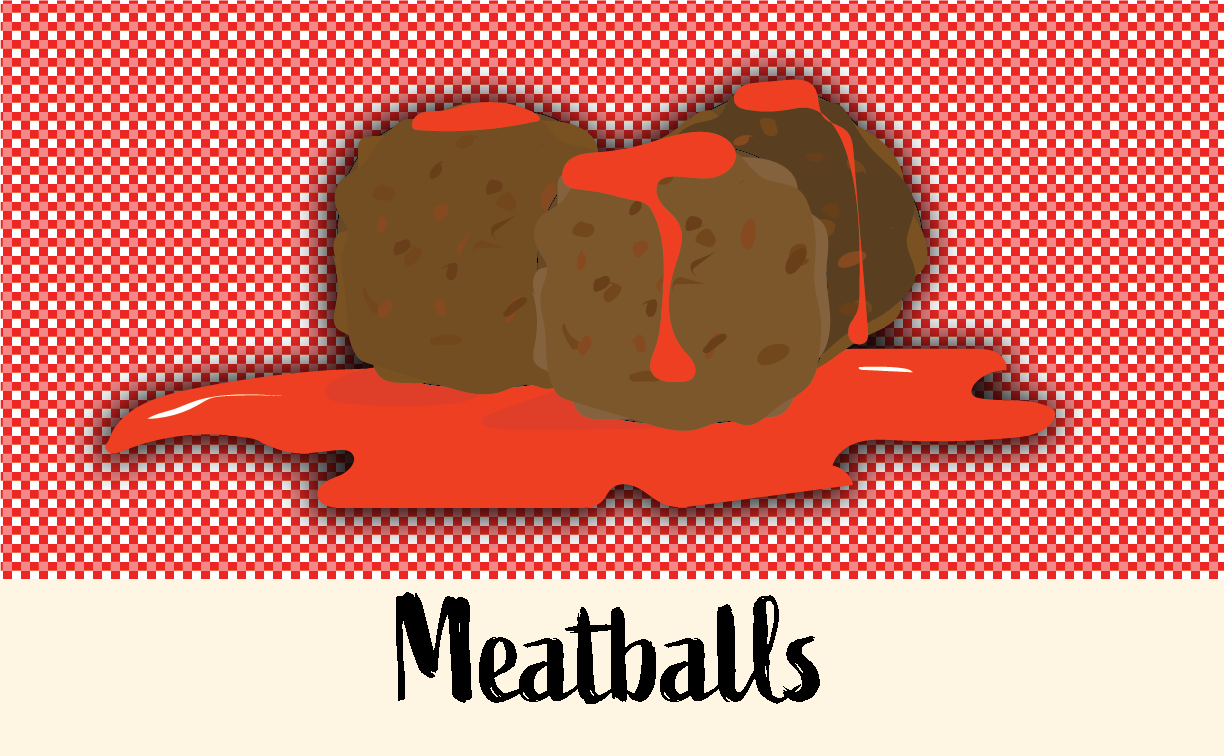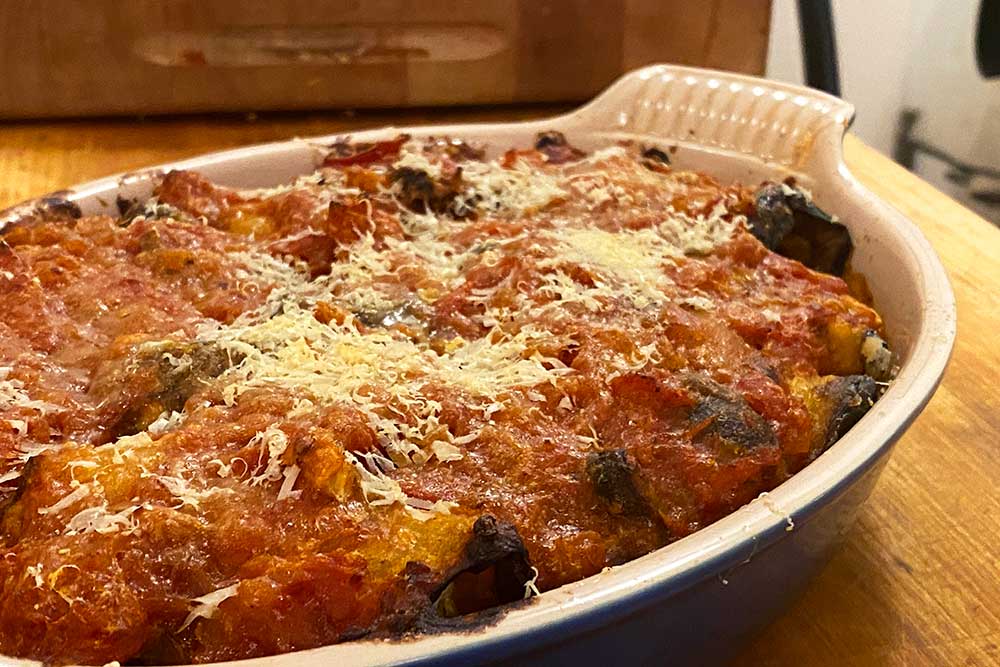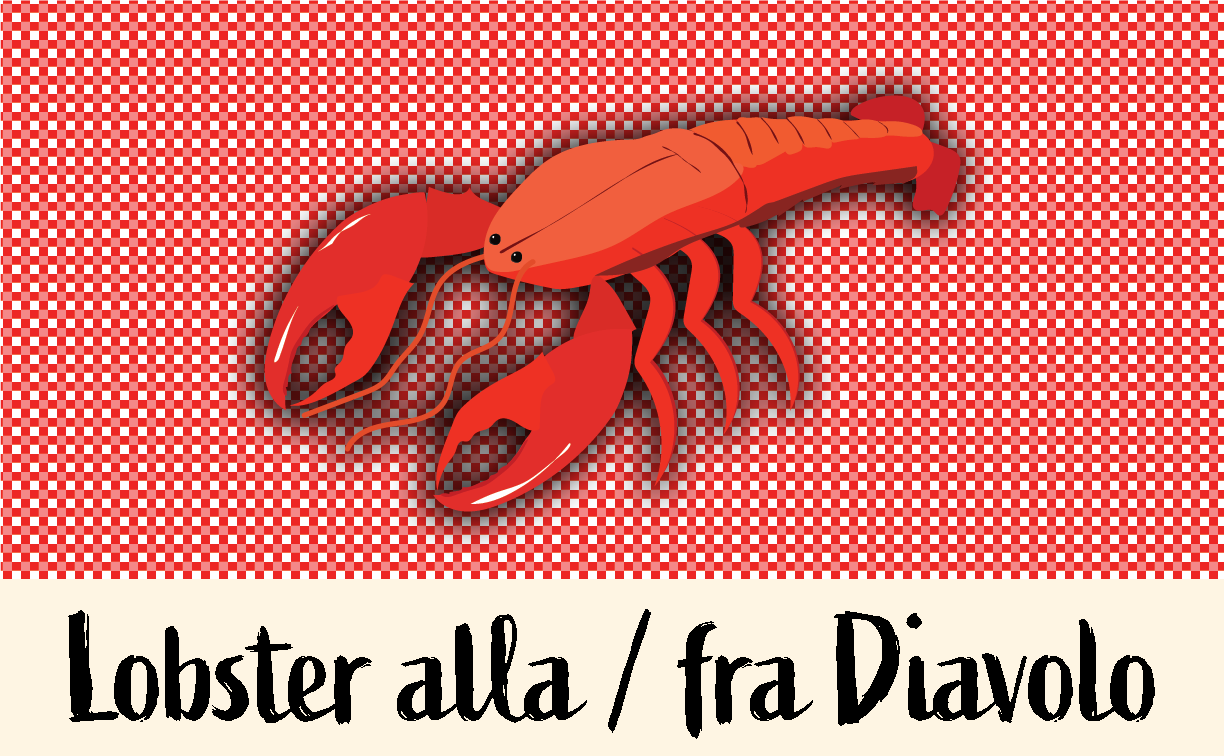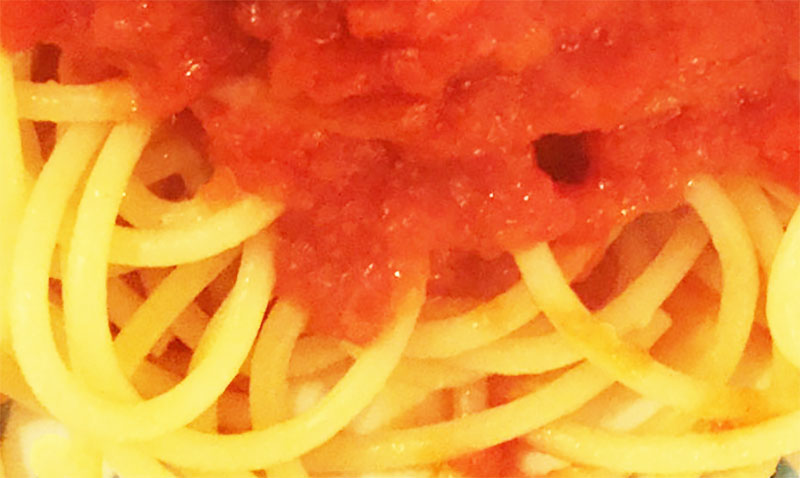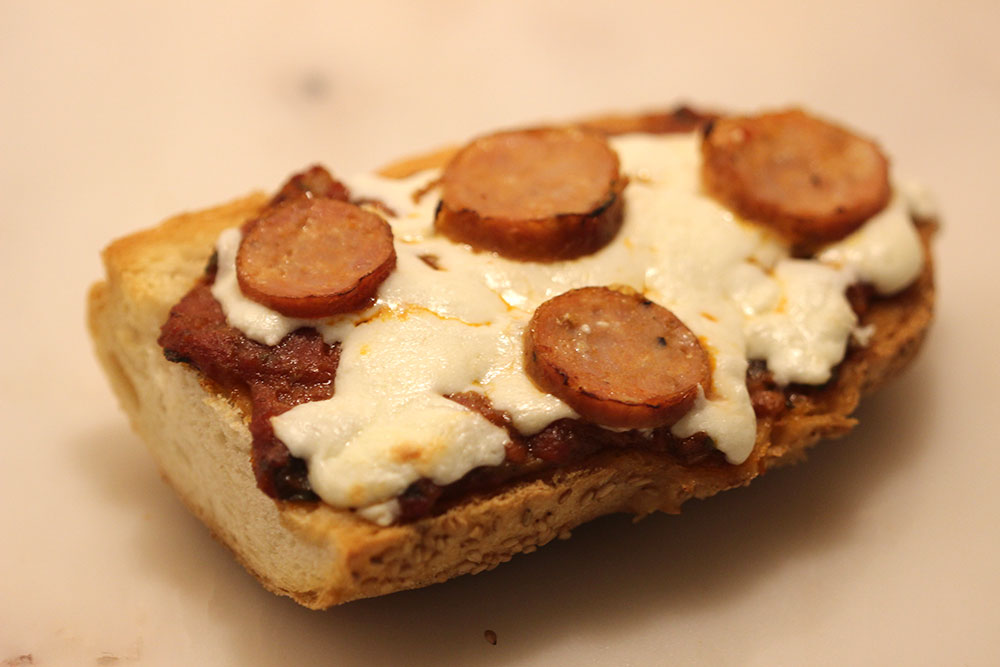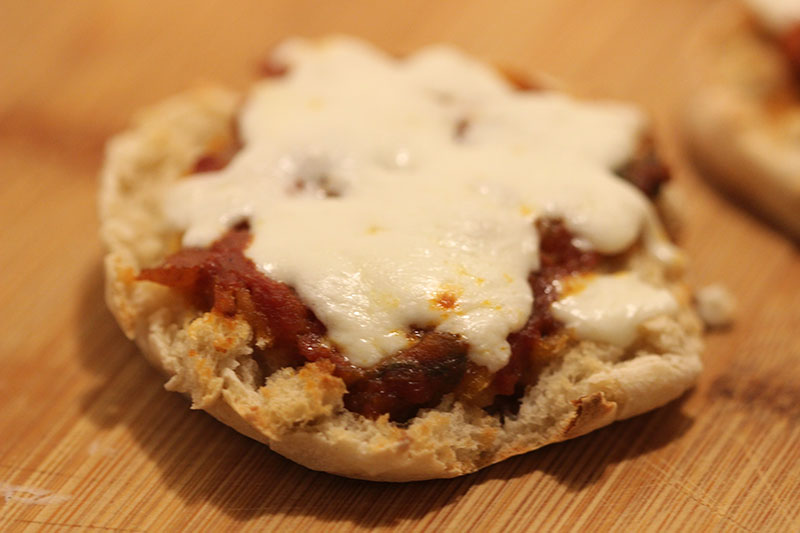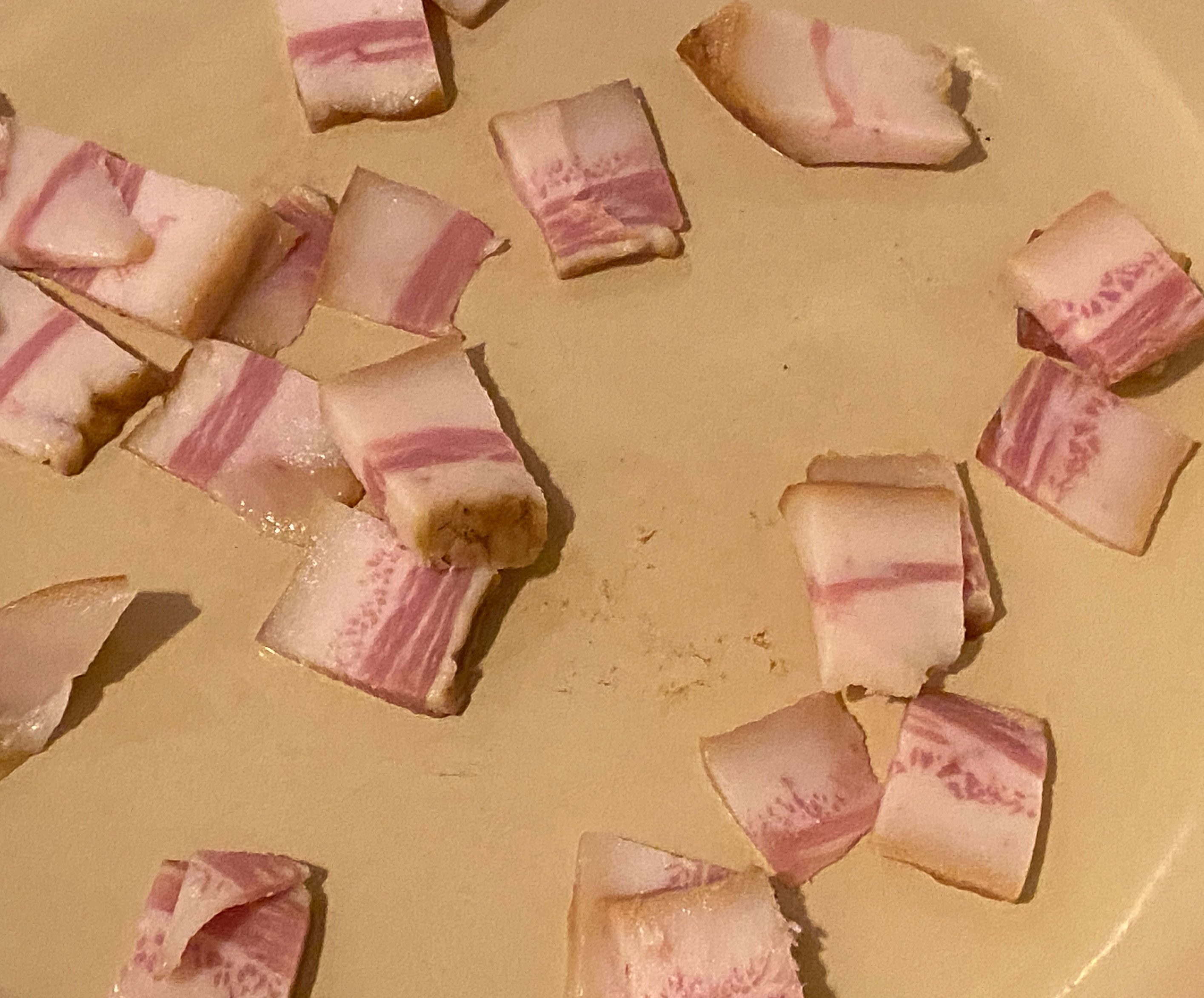How Sicilian Citrus Salad Conquered the World (Or At Least The Internet)
By Ian MacAllen
Friday, April 19th, 2024 | 3,509 views

Just about everyone seems to have a recipe for Sicilian-style citrus salad these days. The colorful combination of oranges photographs beautifully, particularly since the fruits span a spectrum of deep red to pale yellow, from blood oranges to grapefruits. In the era of visual-forward social media like TikTok and Instagram, brightly colored foods get the clicks.

